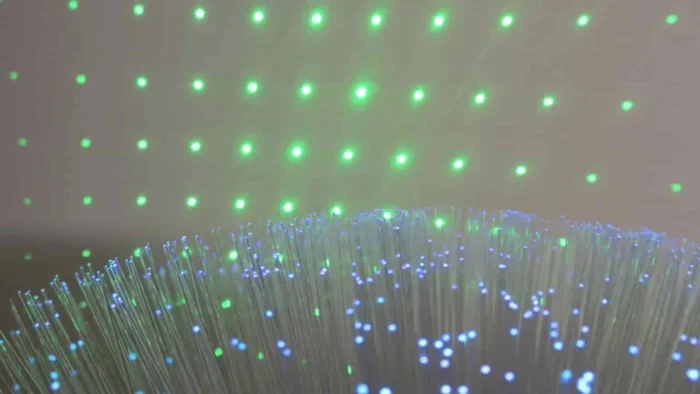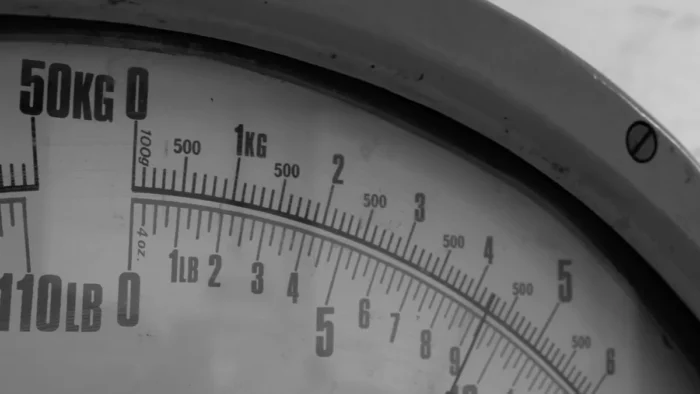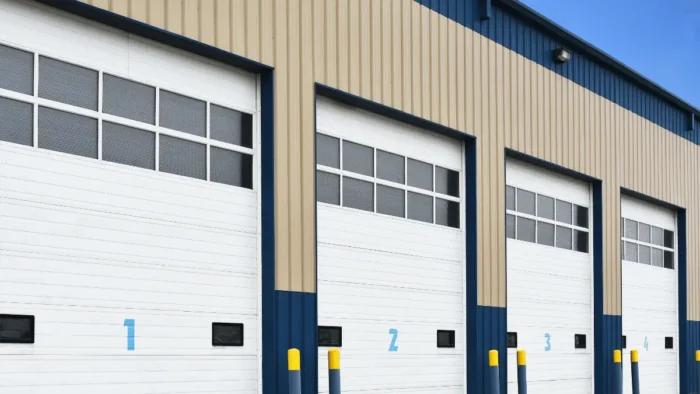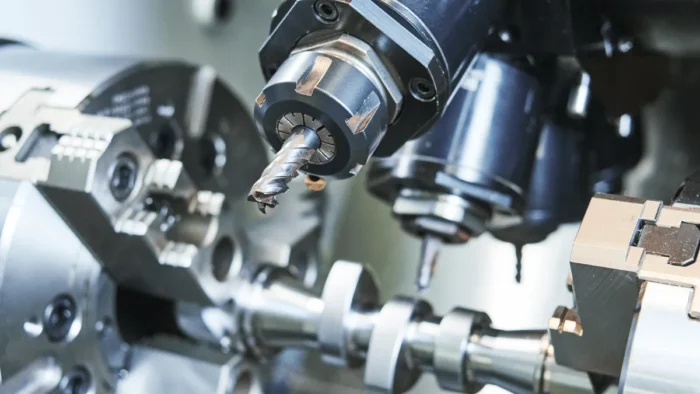In medical, aviation, and military applications where safety and security are of paramount importance, more and more manufacturers are placing permanent identification labels on their components to aid in identification and traceability.
Many industries are now using laser technology to add barcodes and unique identification numbers to parts because laser marking offers non-contact, abrasion-resistant, permanent laser marks onto almost any type of material. For example, jewelry business use engraving machines to stamp complex designs on jewelry.
But not every type of laser marking technology is good for your business.
If you’re looking for an efficient laser technology that can be used to create permanent, fast, and high-contrast marks for identification and traceability, fiber laser marking machines are the way to go. Discover the advantages of fiber laser marking machines, the most efficient and durable solutions! Read reviews from Boss Laser customers. They have summarized some of the most delicate Fiber Laser Marking Machines you should consider purchasing. Their versatility, minimal maintenance, and nil requirements of consumables make them the ideal solutions for marking a variety of materials.
In this post, we’ll look into the basics of fiber laser marking—what it is, how it works, and why it reigns supreme over other laser technologies.
What is Laser Marking?
Laser marking is an ink-free technology used to add characters and graphics to product parts.
If your company manufactures specific components for finished products, you know how important it is to mark those parts with bar codes, serial numbers, and even a logo.
The laser marking process does not involve the use of physical tools to etch the surface. Instead, it uses a beam of laser light to create the characters. With fiber laser marking, a focused beam from a laser interacts with “qualified” material, such as steel, aluminum, ceramic, etc., to produce a permanent, solvent-resistant, and scratch-proof mark.
Some exceptionally versatile laser marking machines are even capable of marking plastic and carbide.
How Does Fiber Laser Marking Work?
Laser marking is like burning paper with a magnifying glass.
To do so, one needs to place the lens over the paper at the focal point of the lens and let it concentrate the rays to a central point on the paper. The convergent beam then lands on a small spot on the paper, which results in heat that smokes the paper.
Fiber laser marking employs the same principle. However, instead of sunlight, laser marking utilizes laser light, which is steered through an F theta lens—a more powerful and sophisticated lens than a magnifying glass.
An F theta lens has the advantage in that it can maintain its focus throughout the surface rather than on one spot.
Once the laser light is focused onto the surface of the component to be marked, it’s passed through the F theta lens and controlled electronically via a computerized program. This leaves a mark on the surface if there is a good match between the laser wavelength and the material. The mark can take the form of text, graphical image, or any other form imaginable.
Related: Boosting Business Success with 3D Industrial Rendering
Why Use Fiber Laser Marking Machines
In regards to laser engraving services, fiber laser marking machines have a number of advantages over other types of laser marking technologies.
Due to the minimal maintenance requirements and the elimination of any consumables, fiber lasers are cheaper and simpler to use than other forms. In terms of space requirements, fiber laser marking systems have a small footprint, which means you can operate them in any location without minding space limitations.
And when it comes to the quality of the beam, experts agree that the fiber laser beam is better than most of the other types of laser marking machines.





